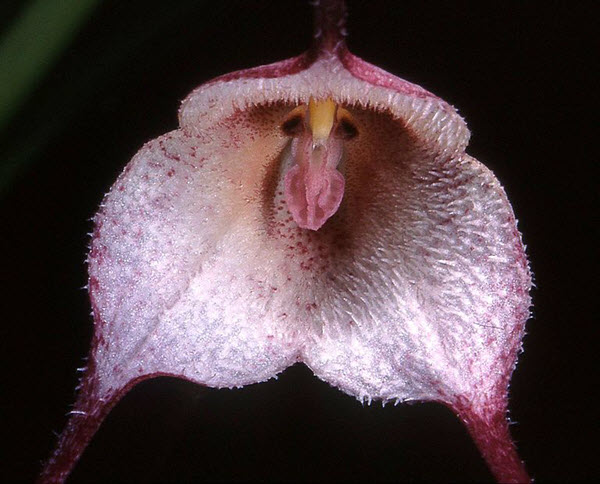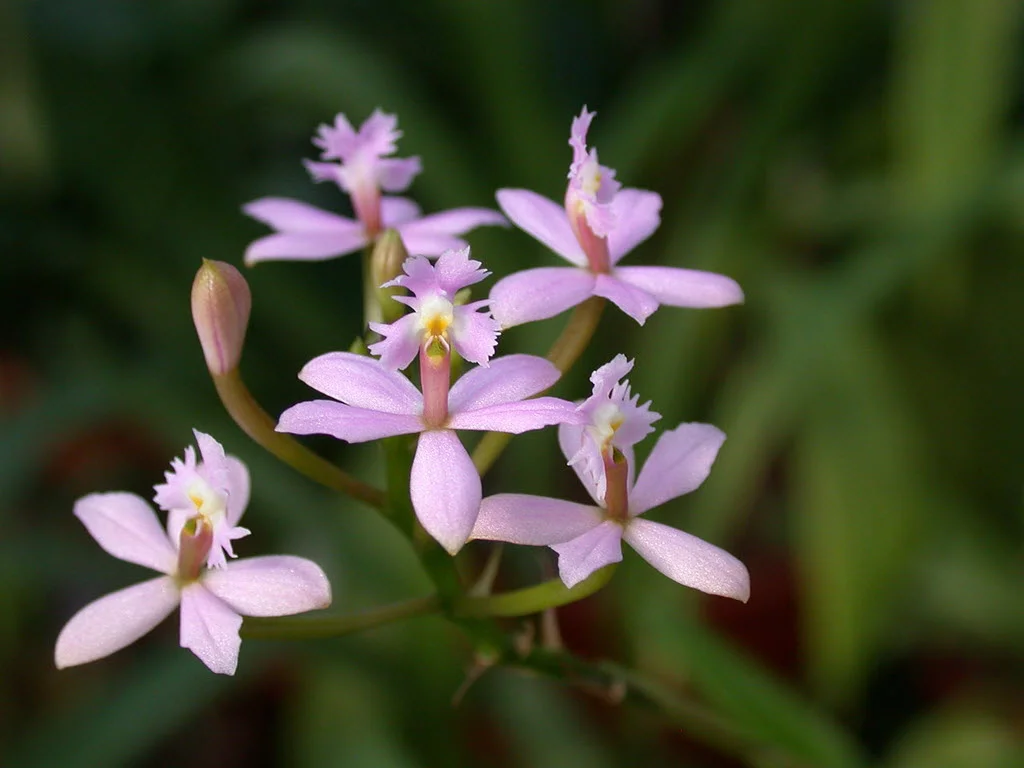Table of Contents
Pronunciation: DRA-cu-la
Other Names: The Dragon Orchid
Introduction
Dracula Orchids have a unique flower with a warty texture. It gives the illusion of having two little eyes. Each sepal has a long tail that resembles a dragon especially with the flowers' bright and bold colors.
Dracula Velutina
This orchid has a short stature that tends to creep along with a single large flower. The flower's sepals each have long trailing tails, and the flowers typically come in bright red, black, orange, and yellow.
Temperature
If you're looking for a cool growing orchid, this is it. They dry out quickly with higher temperatures and prefer a daytime temperature around 68°F (20°C). During the night, temperatures should drop to between 53°F and 58°F (12°C to 14°C).
They aren't very tolerant of significant temperature fluctuations, and maintaining a steady leaf temperature is very important to your plant's health. They can't close their stomata to retain water, so they'll dry out very quickly if your temperature is too high, and this can lead to damage.
Light
This orchid requires slightly dim light conditions with partial shade. They shouldn't receive direct sunlight as it can lead to sunburn. If you live in a northern hemisphere, try setting your orchid in an east-facing window or a slightly shaded south-facing window.
If your plant seems like it's healthy but it doesn't bloom, it may require more light. You'll have to closely monitor it once you've placed it in brighter light. Additionally, if you notice brown or yellow spots on your plant's leaves, it may be getting too much light, and repeated sunburn will kill it if you don't move it into a shaded area.
Water and Humidity
You should never allow your Dracula orchids to dry out as they can die in a matter of hours. They're pretty difficult to overwater, so you could water them every morning or every other morning and not have a problem. You want to run water through your plant until it runs freely out of the bottom of the pot, or you can dunk the entire pot in a bucket of water until it stops bubbling.
The water you give your orchid has the be high-quality, as concentrations of chloride will kill them. Also, they can be sensitive to any dissolved salts in the water, so distilled water, rainwater, or well water is optimal. Your humidity levels should range between 70% to 100%.
Feeding
An orchid fertilizer that is well-balanced is ideal to encourage growth. Before you feed your plants, dilute it to half or quarter strength with pure water. You should feed them once every two weeks, and flush the pot thoroughly between feedings because this can help to prevent salt accumulation. You can continue on this schedule year-round.
Potting
The plant's stems grow downward, and this means you should mount these plants on slabs of bark or plant them in mesh pots to encourage good airflow. If you plant them in plastic mesh pots, be aware that they'll dry out quicker and require more frequent watering. Your potting medium should be a loose mix of sphagnum moss to retain moisture around the roots, and perlite with tree fern fibers. Don't pack the potting medium around the roots, as they require good air circulation.
You want to repot this orchid every two years to refresh the growing medium, and it's a good idea to repot them in the early spring so they can re-establish themselves over the summer months.
Video
Brad of Brad's Greenhouse says that Dracula Orchids are one of his favorite plants. Take a tour of his greenhouse as he shows off his Dracula orchids and talks about how he takes care of them.
Orchids are one of the most fascinating plants on the planet. Check out our comprehensive list of the different types of orchids that you can consider adding to your garden collection.











